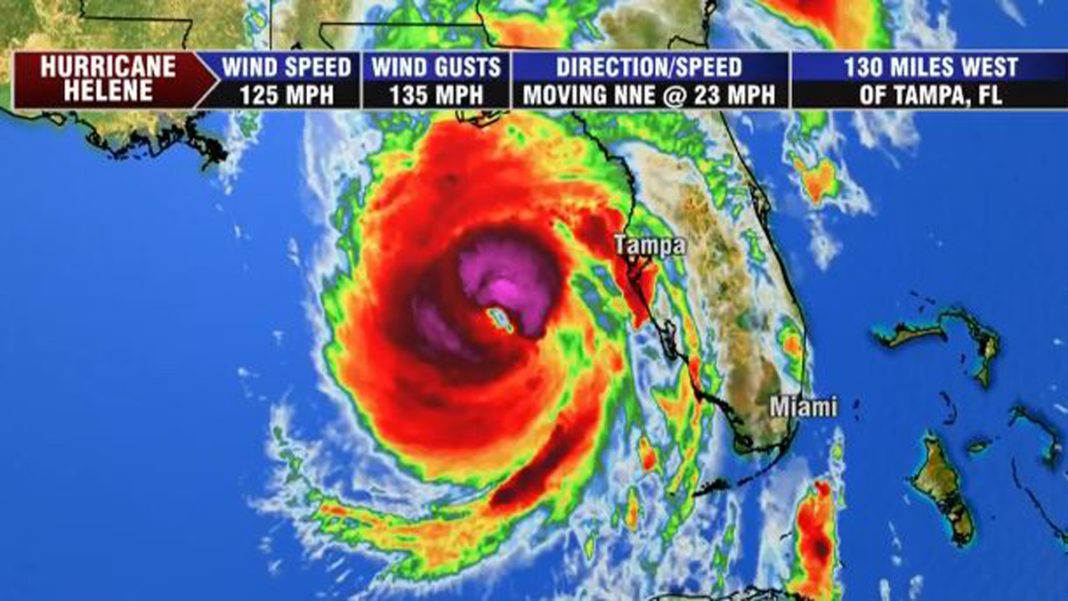In the wake of the tumultuous banking events of 2023, the Federal Reserve has taken a proactive stance to fortify the financial landscape against future crises. Vice Chair Michael Barr recently unveiled a series of proposed liquidity regulations aimed specifically at large U.S. banks. These proposals are not merely a response to past failures but represent a strategic shift in how banks manage liquidity risk in an increasingly volatile environment.
During the U.S. Treasury Market Conference on September 26, Barr articulated the lessons learned from the abrupt bank failures that began with the collapse of Silicon Valley Bank. This pivotal event underscored the fragility of financial institutions when faced with rapid deposit outflows, particularly from uninsured deposits—those exceeding the coverage limits set by the Federal Deposit Insurance Corporation (FDIC). “To address the lessons about liquidity learned in the spring of 2023,” Barr remarked, “we are exploring targeted adjustments to our current liquidity framework.”
The heart of Barr’s proposals revolves around the need for large banks to maintain a minimum pool of readily available liquidity that is directly linked to their uninsured deposits. This move is designed to bolster banks’ resilience during periods of financial stress, ensuring they have the necessary funds to meet withdrawal demands. The catastrophic run on Silicon Valley Bank’s uninsured deposits exemplified the dire consequences of inadequate liquidity; as depositors rushed to withdraw their funds, the bank found itself unable to respond, leading to its swift downfall.
Barr’s proposed framework also includes a nuanced approach to risk management. It advocates for a reduction in the reliance on held-to-maturity assets within liquidity reserves. These assets, while appearing stable on paper, can hinder a bank’s ability to swiftly convert them into cash, especially during a crisis. By encouraging banks to hold more liquid assets, the Fed aims to provide a safety net that can be tapped into when the storm clouds gather.
Moreover, Barr emphasized that the role of uninsured deposits is critical. “It is vital that uninsured depositors have confidence that their funds will be readily available for withdrawal,” he stated. By requiring larger banks to have pre-positioned collateral—such as Treasury securities—at the Federal Reserve’s discount window, the proposal aims to not only enhance liquidity but also restore depositor confidence.
Interestingly, this strategy also seeks to normalize the use of the Fed’s liquidity tools. Historically, banks have avoided tapping into the discount window due to the stigma associated with it; borrowing from the Fed has often been viewed as an indicator of financial distress. Barr’s initiative aims to shift this perception, making the discount window a standard resource for banks, especially during stress scenarios. “Supervisors have a role in assessing the viability of large banks’ plans to meet stressed outflows,” he noted, signaling a commitment to proactive monitoring and support.
In the context of these proposed changes, experts have weighed in on potential market implications. Joseph Wang, a former senior trader at the Federal Reserve Bank of New York, suggested that Barr’s proposals could significantly boost demand for U.S. Treasuries. His assessment indicates that by enhancing the liquidity framework, banks might increasingly rely on Treasuries as liquid assets, which could lead to lower yields and consequently reduced borrowing costs for the government.
As the Federal Reserve continues to refine these proposals, the financial sector watches closely. The adjustments reflect a broader understanding of the complexities of liquidity management in today’s banking environment. While the timeline for the finalization of these regulations remains uncertain, the commitment to fortifying the financial system against future shocks is clear. As we look to the future, the stability of our banking institutions will depend not only on regulatory vigilance but also on the confidence of depositors—a balance that the Fed is keenly aware of as it navigates this challenging landscape.

